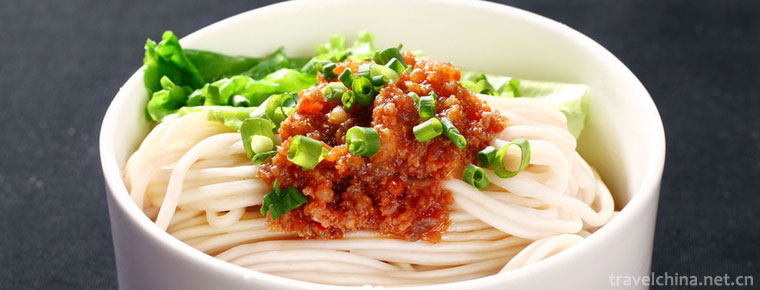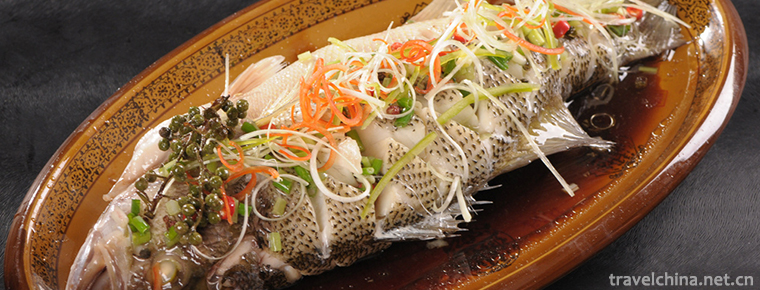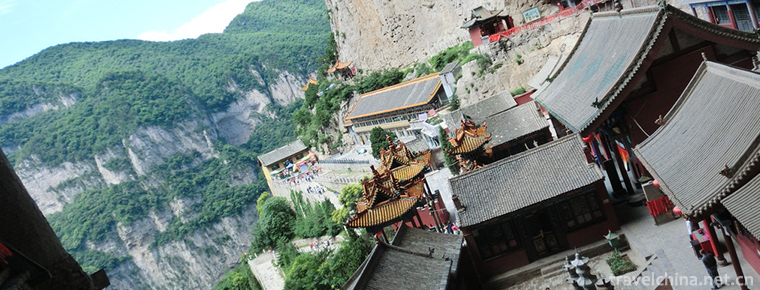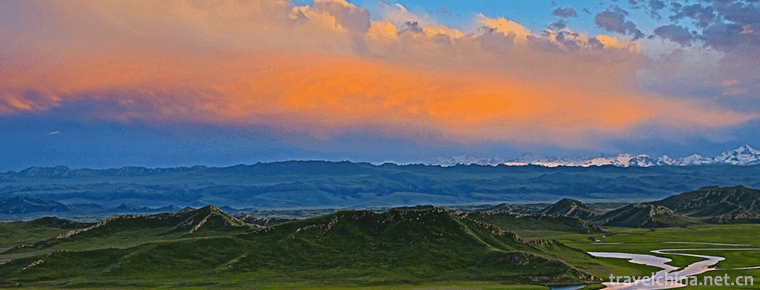Linqu canal
Linqu canal
Lingqu, formerly known as the Qin Digging Canal, Zero Canal, Douhe Canal, Xing'an Canal and Xianggui Canal, is a great project created by the working people of ancient China. Located in Xing'an County of Guangxi Zhuang Autonomous Region, it was drilled into navigation in 214 B.C. Lingqu is one of the oldest canals in the world and has the reputation of "Pearl of Ancient World Water Conservancy Architecture". It flows from east to west, connecting the Ocean River in the east of Xing'an County (headwaters of Xiangjiang River, flowing from south to north) and the Da Rong River in the west of Xing'an County (headwaters of Lijiang River, flowing from north to south).
On August 13, 2018, Lingqu and other four projects were included in the World Irrigation Heritage List of 2018 (the fifth batch).
historical significance
The Lingqu's digging has connected the Xiangjiang River and Lijiang River, opened up the water passage between the north and the south, and provided an important guarantee for the Qin Dynasty to unify Lingnan. A large number of grain and grass were transported to Lingnan by water, and sufficient supplies were provided. In 214 B.C., the year Lingqu was opened to navigation, Qin soldiers conquered Lingnan, and then established Guilin, Xiangjun and Nanhai counties to formally incorporate Lingnan into the territory of the Qin Dynasty.
Lingqu connects the Yangtze River and the Pearl River, forming a water transport network throughout East China and South China. Since the Qin Dynasty, it has played a positive role in consolidating national unity, strengthening political, economic and cultural exchanges between the North and the South, and closing the contacts of people of all ethnic groups. Although Lingqu has been renovated for generations, it still plays an important role.
World Heritage Site
On August 13, 2018, the 69th International Executive Council of the International Irrigation and Drainage Commission, held in Saskatoon, Canada, announced the list of World Irrigation Heritage Sites in 2018 (the fifth batch). Among them, Lingqu and other four projects in China have all been declared successful.
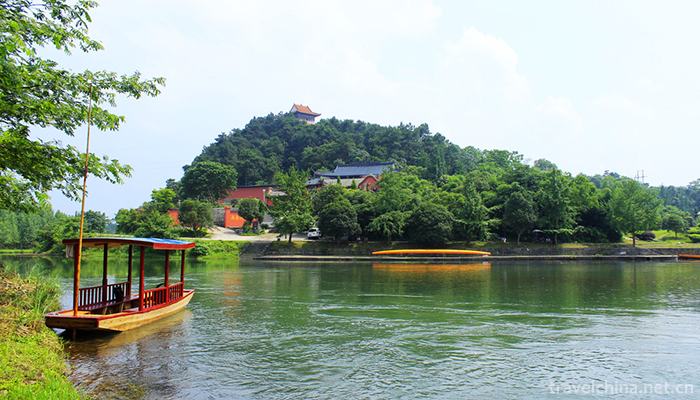

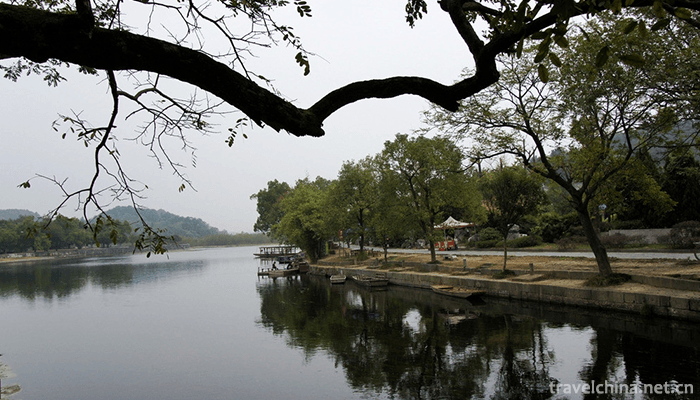
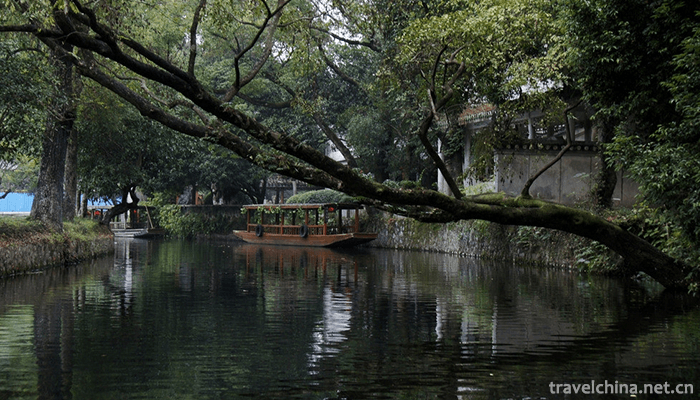
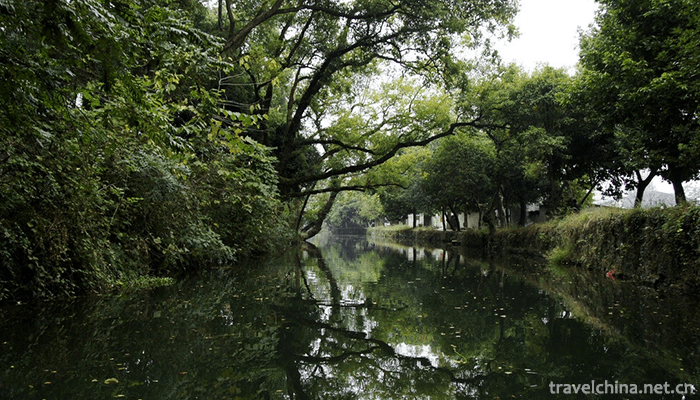
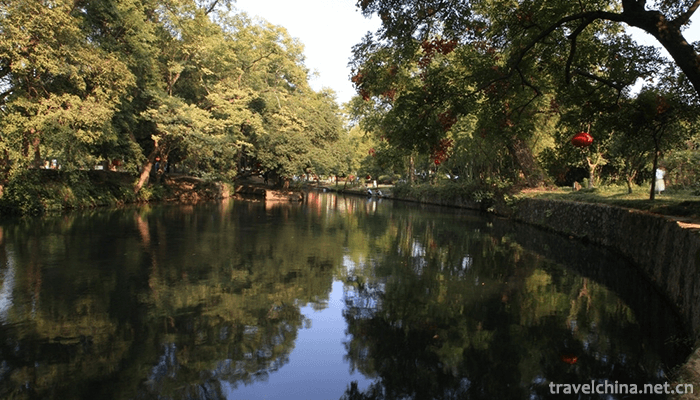
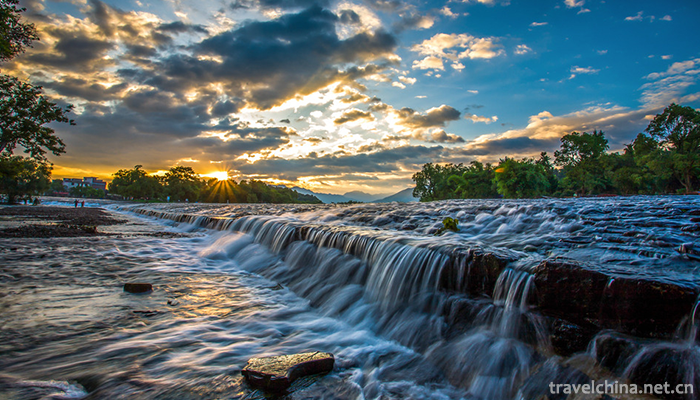

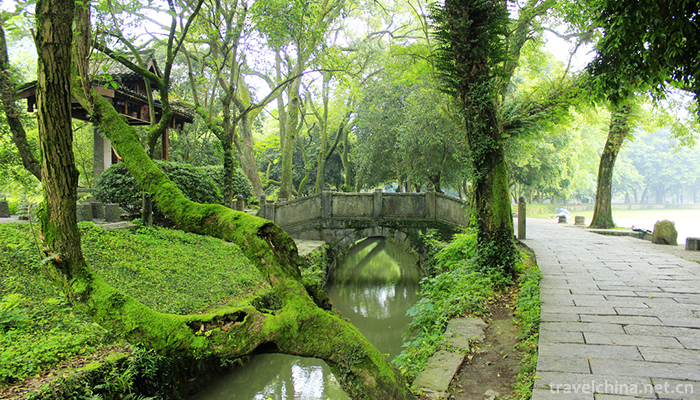
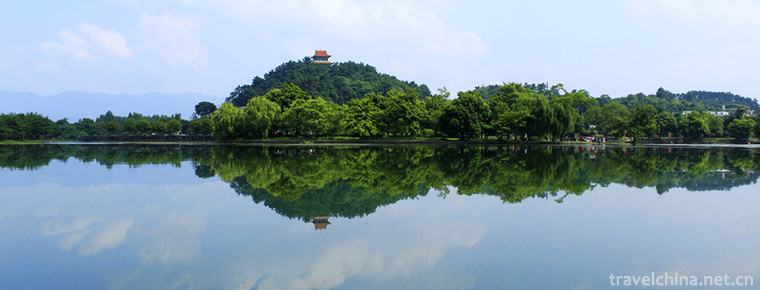
Linqu canal
-
Duck blood soup with vermicelli
Duck blood vermicelli soup is a famous specialty in Nanjing, belonging to Jinling food...
Views: 252 Time 2018-10-26 -
Steamed perch with scallion and black beans
Steamed bass cooking techniques are mainly steamed dishes, and their taste is salty and fresh. Steamed perch is one of the famous traditional dishes in Guangdong province
Views: 190 Time 2018-11-02 -
Mianshan Scenic Area
Mianshan Scenic Spot is a national AAAAA class tourist attraction, a key scenic spot in Shanxi Province, the birthplace of Ching Ming Festival (Cold Food Festival),
Views: 333 Time 2018-11-24 -
Bayanbulak Grassland
Bayinbrook grassland: formerly known as Yuledus grassland, Zhuledus grassland, Yuludus grassland, because it is mainly located in Xinjiang Bayinguoling Mongolian Autonomous Prefecture and the northwes
Views: 168 Time 2018-12-12 -
Carved lacquer art
Lacquer carving, traditional handicraft in Chongwen District, Beijing, is one of the national intangible cultural heritage.
Views: 159 Time 2019-04-27 -
Huatuo Wuqin Opera
Huatuo Wuqin Opera is a set of guiding techniques compiled by Huatuo, a famous physician in the late Eastern Han Dynasty, according to the principles of traditional Chinese medicine,
Views: 111 Time 2019-05-04 -
Panzhihuas primary industry
In 2018, the total output value of agriculture, forestry, animal husbandry and fishery in Panzhihua was 7.027 billion yuan, an increase of 4.2%. Among them, agricultural output value was 4.434 billion yuan, an increase of 5.2%; forestry output value was 108 million yuan, an increase
Views: 336 Time 2020-12-14 -
Animal resources in Neijiang
The animal resources in Neijiang are mainly livestock, poultry and some wild animals. Domestic animals include mammals, birds, insects, fish and domestic wild animals. There are pigs, cattle, sheep, rabbits and a small number of horses, mules and donkeys
Views: 330 Time 2020-12-16 -
Leshan scenic spot
As of 2018, Leshan City has 3 world-class heritages, 10 national key cultural relics protection units, 4 national intangible cultural heritages, 3 national scenic spots, 2 nature reserves and wetland parks, 3 National Forest Parks, 1 National Geological Park and 1 Mining
Views: 340 Time 2020-12-17 -
Location of Yibin
Yibin City is located in the south of Sichuan Province, at the junction of Sichuan, Yunnan and Guizhou provinces, and the confluence zone of Jinsha River, Minjiang River and Yangtze River. It spans 27 ° 50 '- 29 ° 16' n and 103 ° 36 '- 105 ° 20' E. The cit
Views: 382 Time 2020-12-18 -
Population of Guangan
At the end of 2019, the total registered residence of Guang'an was 4 million 593 thousand. Among them, the rural population was 3.424 million, the urban population was 1.169 million, the birth population was 47900, and the death population was 5310
Views: 255 Time 2020-12-19
